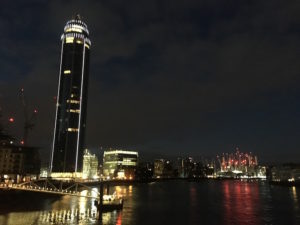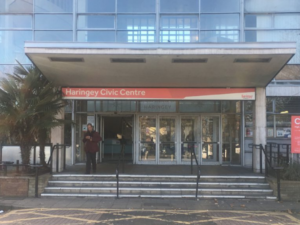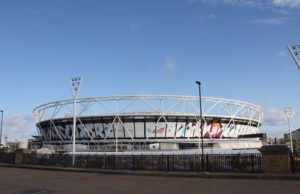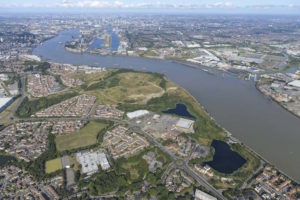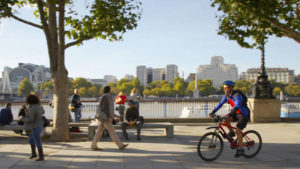A proper goal for housing policy in London is not too hard to define. Ensuring that as many people as possible in the city are housed as well, as securely and as affordably as possible might serve as a foundation principle. A focus on maintaining an income and social mix within neighbourhoods that is both economically and culturally desirable would build on it usefully. The hard part is pursuing those goals effectively. Doing so has not got any easier in recent years by the embedding in mainstream discourse of certain “housing crisis” narratives that hide more than they explain and drown out productive debate.
The extent of this penetration into, in particular, the London liberal mindset was confirmed to me last week by a play called Towers, presented by the Guildhall School of Music and Drama. Though performed with great energy and containing some nice lines of satire, it mostly reproduced the now standard monochrome clichés. On the one hand, greedy property developers and callous or ineffectual politicians and, on the other, defiant residents of a housing estate facing demolition to make way for an oppressive, high-end tower block. The demarcation of characters into heroes and villains was close to absolute. The routinely untold parts of these regeneration stories, which are often the ones that matter most, were kept that way.
It has become an almost unchallenged Protest Left habit to screen out the dilemmas, complexities and inconvenient realities of getting more and better homes built in a city whose population continues to grow at the same time as land to build them on is in short supply and public money scarce. The year-in, year-out drain on shrinking council budgets of patching up blocks of flats built on the cheap 50 years ago, soaking up money that could be spent more productively on something else, does not interest them. The uncomfortable fact that what have come to be called “poor doors” – different entrances within mixed tenure housing developments for social housing and other “affordable” housing tenants – result from pragmatic trade-offs designed to maximise the amount of affordability within a project rather than gratuitous upper-class sadism, continues to evade them. The unsatisfactory reality that the bigger, flashier and more expensive the private housing consented to, the larger the amount of “affordable” housing likely to be derived as a by-product is one they continue to ignore.
Most damning of all is the absolute refusal to acknowledge even the existence of council estate residents for whom being rehoused in a new home could be the solution to the biggest problems in their lives – problems like thin walls, condensation, erratic heating, vermin infestations, adult children sleeping on sofas and crack addicts camped in tents on stairwells. There are residents of the Northumberland Park estate in Tottenham, which would have been demolished and rebuilt had the financial mechanism for doing so not been gloatingly stopped by a self-righteous alliance of middle-class Corbynites and Guardian journalists, who would pack their bags tomorrow given the chance.
All of the above form strands of estate regeneration stories across this city – strands that are every bit as strong and valid as those that make the headlines. They are part of the same complex weave that includes frightened, powerless people being evicted against their wishes, important, informal social networks being disrupted, developers pleading “viability” in order to go back on prior commitments, net losses of social housing and politicians motivated by “small state” moral objections to such homes even existing.
It is the tensions inherent in these scenarios that reveal the bedrock truths of estate regenerations: the difficulty of judging the case for demolition and rebuild against that for refurbishment or just leaving well alone; residents’ often sharply differing opinions and desires; the assessment of financial practicalities within the context of demands from many quarters; the pros and cons of competing good intentions. The interplay of local circumstance, political priorities, power, money and motivation is what determines the outcomes, and they are far too tangled and contradictory for any Good versus Evil portrayal to do justice to.
That interplay is also where the potential for enlightening drama lies, but Towers was not greatly interested. One of the more diverting characters was the architect of the proposed luxury skyscraper, torn between her desire to create a beautiful building and the requirement to class stratify its very structure, but she was also one of the less fully developed. The result was a new style piece of old fashioned agitprop, a play to confirm prejudices rather than challenge or examine them and that neglected issues it could have explored. In that respect at least, it accurately mirrored the sorry state of London’s housing debate and the wider political temper of our times.

